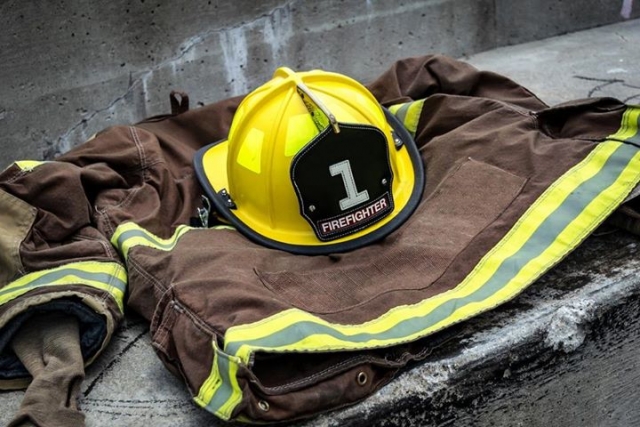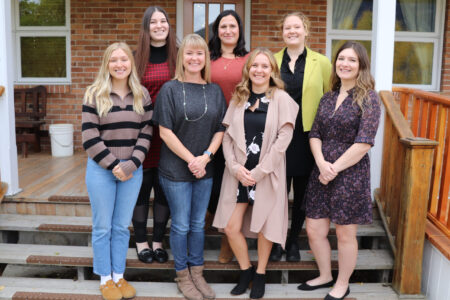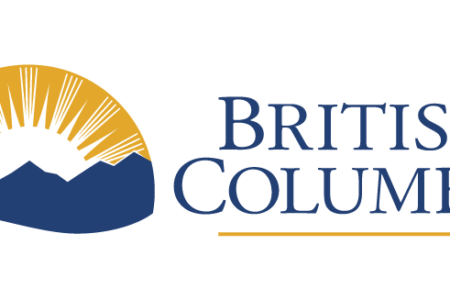Fire rescue crews to carry naloxone for drug overdose patients
Firefighters in Surrey and Vancouver will be the first in B.C. to carry and administer a potentially life-saving treatment, naloxone, for patients suffering opioid drug overdoses. All paramedics also now will be able to give naloxone.
“An overdose can happen to anyone. The lives at risk may be your neighbours, friends or family members,” said Health Minister Terry Lake.
“This program recognizes that with the increasing number of overdoses we’re seeing, we have to make sure the people on the front lines responding to emergency calls have the right treatment available to save lives.”
The new program is the result of collaboration between the Ministry of Health, Provincial Health Services Authority (PHSA), BC Emergency Health Services (BCEHS), BC Centre for Disease Control (BCCDC), Fraser Health and municipal authorities to respond to the rising number of drug overdose cases in B.C.
Through this work, the emergency medical assistants regulation was amended to permit licensed fire rescue first responders to administer naloxone and expand the number of BCEHS paramedics able to do so.
While higher trained paramedics have been able to administer naloxone for many years, the province’s 525 emergency medical responders – community-based paramedics – will also now be able to for the first time under this program.
“Timing is everything when giving this life-saving medication,” said Linda Lupini, executive vice president, PHSA and BCEHS.
“We’re very pleased that BC Emergency Health Services is in a position to oversee this program, which allows first responder firefighters and emergency medical responders to administer naloxone. With Surrey and Vancouver being the first to begin the program, we have a real opportunity to save many lives in these two cities, which together record most of the province’s drug overdose cases.”
“With Surrey covering a vast geographical area, and the fire crews we have deployed around the city, we’re often first on scene at drug overdose emergencies,” said Surrey fire chief Len Garis.
“This program means we’ll be able to have these crews start giving naloxone as soon as possible, which will save lives.”
Collaboration agreements with both the Vancouver Fire and Rescue Services and Surrey Fire Department are already in place. Physician oversight of the services will be provided by BCEHS under its Emergency Physician Online Support program.
Any fire department in the province can join the program after signing an agreement with BCEHS, which provides clinical and quality oversight of the program.
Firefighters must take special BCEHS training to administer the medication, as well as provide BCEHS and BCCDC with patient care information that will be used to track patient outcomes.
The new program builds on work already underway throughout the province to support those living with substance use issues. In October 2015, the Province announced that B.C.’s public drug plan, PharmaCare, now covers the opioid-substitution drug suboxone (buprenorphine and naloxone) as a regular benefit.
This means that people seeking treatment for an addiction to opioid drugs such as heroin, oxycodone or fentanyl have easier access to a medication that helps them to recover and rebuild their lives.
B.C. funds harm reduction programs and services including needle distribution and collection, opioid substitution treatment, supervised injection services, and B.C.’s Take Home Naloxone program, which provides training and kits available at more than 120 sites throughout B.C. Since its launch, the program has shown effectiveness at saving lives – more than 370 opioid drug overdoses have been reversed.
Approximately, 4,400 kits have been distributed to people who use opioids, and more than 5,400 people have been trained to administer naloxone, including people who use opioids, their friends and family, and service providers.
Quick facts
- In 2015, there were 465 apparent illicit drug overdose deaths with fentanyl detected in 30% of them, an increase from the previous year.
- An overdose of opiates such as morphine, heroin, methadone or Oxycodone – sometimes mixed with fentanyl – can cause a person’s breathing to slow or stop. Naloxone is a safe medication that, if administered quickly, can reverse the effects of an overdose of an opioid drug.
- Naloxone is an injectable medication that is easily administered with minimal training. It is most often administered in the thigh or shoulder, and may even be given through clothing.
- Naloxone has been shown to be safe and affordable. A healthy person given a dose of naloxone would not notice any negative side effects.

























Comments